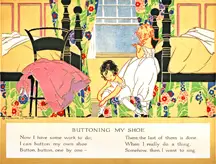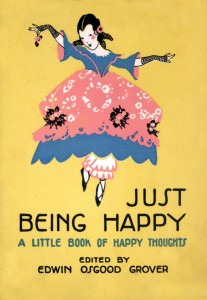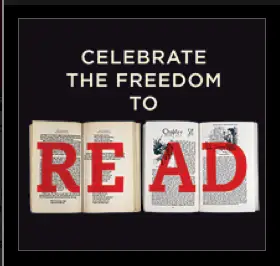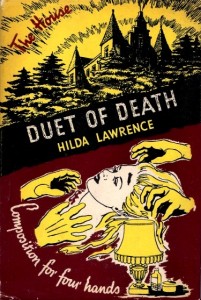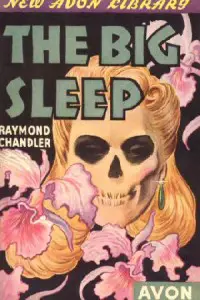
The Butter Did It. This is a running joke my friend Jamie McCoy will meet me with whenever he wants to point out my fallibility. Back when hypermodern collecting was all the rage, I would tout the newest first time author, depending on print run, etc. Not all new authors were great or even remained authors. Some faded quickly leaving behind a couple of signed books in someone’s hopeful collection of possible appreciating volumes. The Butter Did It melted away into oblivion and with it Jamie’s hope of resale at a profit. It became the symbol for Jamie and I, of the silliness in believing every new novel could or should be collected. If I now recommend some book I think was a fantastic read, or possible investment, he utters those cholesterol filled words and we both chuckle, me a bit ruefully. Recently, Jamie had some heart related issues, and I swore to my husband I was going to create a card with the cover of the book on it and declare, ‘Yep, that’s right, Jamie, The Butter Did It! ‘ I never fulfilled that task, much to my regret, lol.

